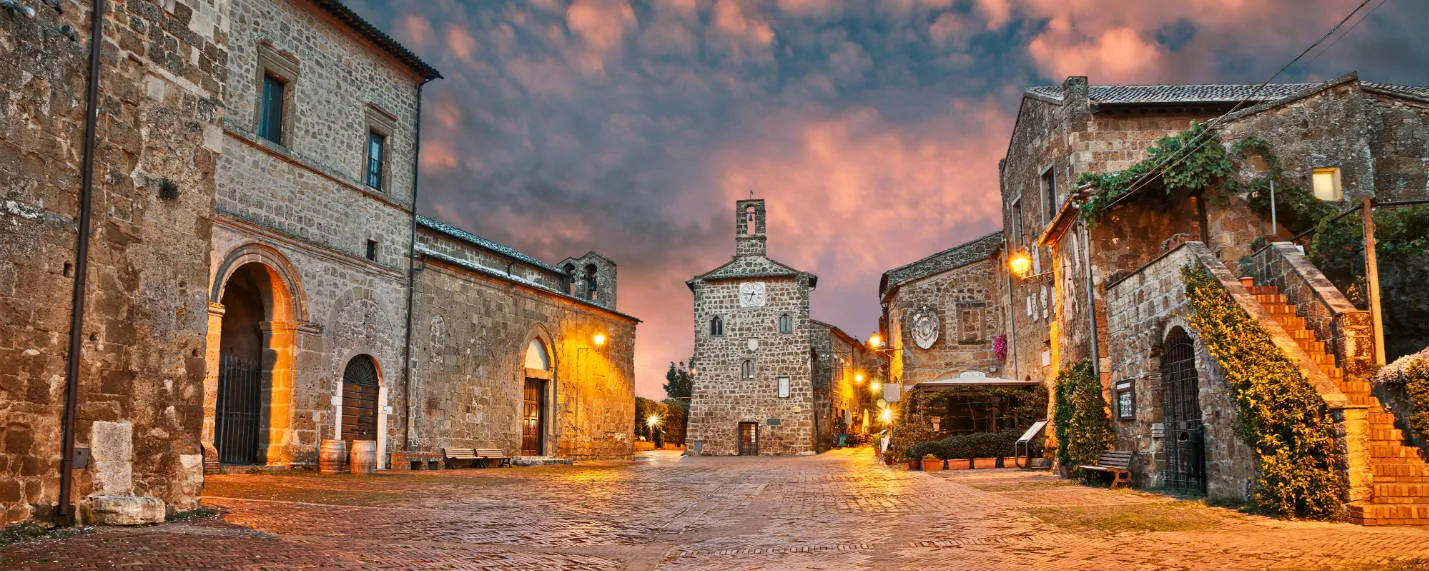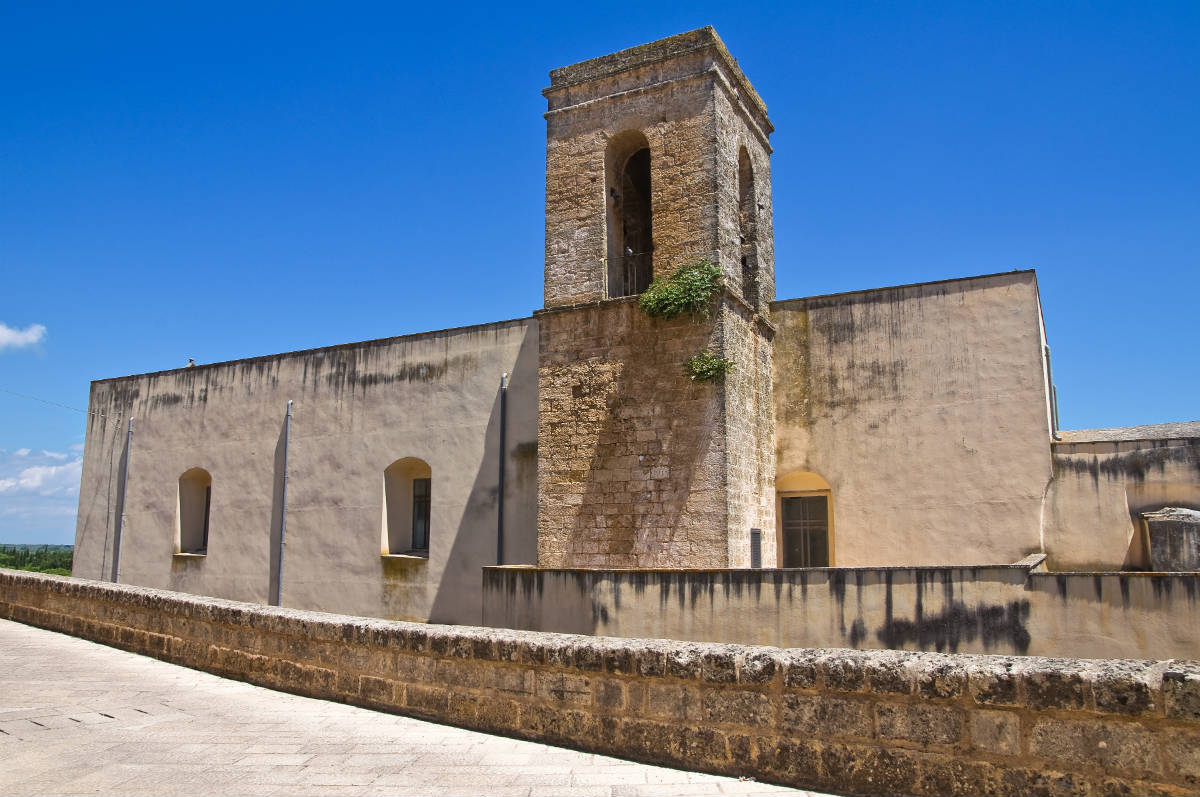The Church has the high altar dedicated to the Immaculate Conception and the four lateral altars dedicated to S. Francis, S. Joseph of Cupertino, Our Lady of Lourdes and S. Bernardino da Siena. On the first altar on the right you can see the coat of arms of Protonobilissimo family; in the first altar on the right there is painted in fresco S. Antonio da Padova; in the second altar on the right there is engraved with a bull of Pope Benedict XIV of 1751; in the second altar on the left you’ll notice some reminiscences of the Renaissance. The Chapel of Santa Caterina is entirely frescoed with the effigies of the prophets, while the upper part of the walls shows the images of the martyrs of Saint Catherine of Alexandria, San Cosimo, San Damiano and Sant’Agata. The date of the paintings we can derive it from this inscription that remains under the only window exposed to the north: DEDICAT ANTONIUS PROLES MARIGLIA SACELLUM HOC CATERINA TIBI, VIRGO BENIGNA, SUUM 1532 In the wall of against the door is depicted Jesus Christ that rises to the Calvary and under the arch of the same door, in low San Leonardo and up the Sibilla Cumana crowned with roses and clothed with green. Of the Church has remained also the crypt. The roof of the crypt is supported by 38 columns in local stone, some of which are prismatic with an octagonal base, while all the other have cylindrical shape. About the origins of the Convent instead, tradition tells that Saint Francis of Assisi, returning from the Holy Land, stood at Specchia around 1210 and predicted that in this place would have risen “a monastery of his religious”. The convent attached to the church was built around 1400 on the orders of De Balzo family. It was entrusted to the Daughters of Charity, which in 1855 opened a nursery and a female school.



